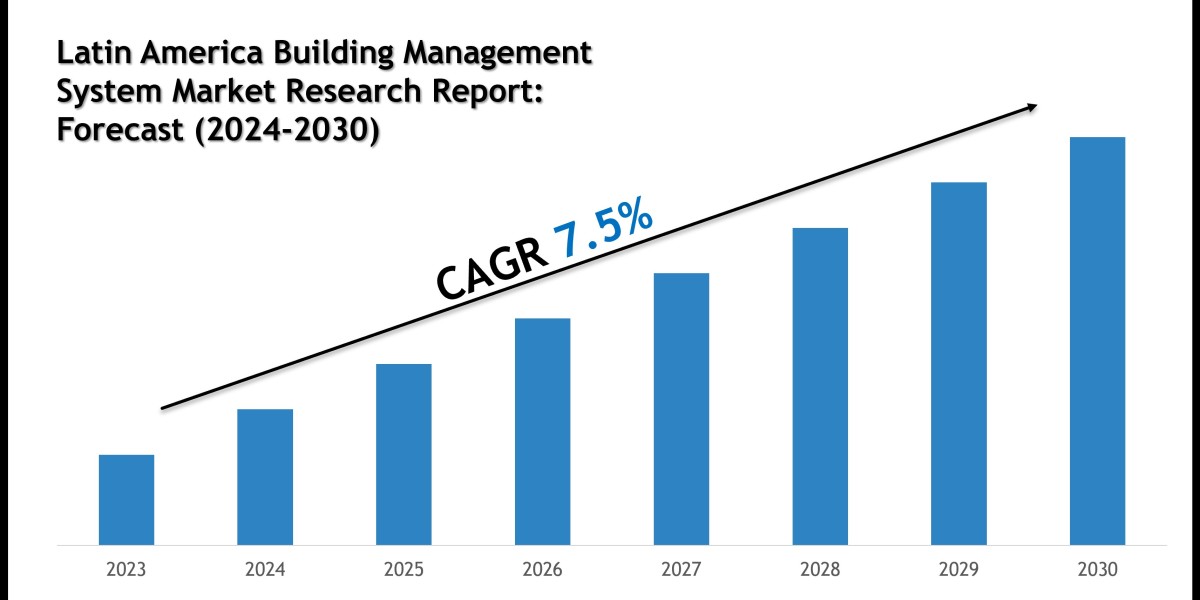Workflow automation refers to the use of technology to automate repetitive business processes, enabling tasks to be executed with minimal human intervention. By automating routine workflows such as approvals, data entry, and notifications, organizations can increase efficiency, reduce errors, and free up employees to focus on higher-value activities. This transformation is essential for businesses looking to improve productivity and stay competitive.
How Workflow Automation Enhances Operational Efficiency
Workflow automation streamlines complex processes by defining a series of tasks and automating their execution in a predetermined sequence. This reduces bottlenecks, accelerates task completion, and eliminates manual handoffs. The result is a more agile operation that responds faster to customer needs and market changes while maintaining consistent quality and accuracy.
Key Technologies Enabling Workflow Automation
Several technologies power workflow automation, including robotic process automation (RPA), business process management (BPM) software, and artificial intelligence (AI). These tools enable the design, execution, and monitoring of automated workflows across departments. AI adds intelligence by enabling decision-making within workflows, such as routing exceptions or analyzing data patterns.
Common Use Cases for Workflow Automation
Workflow automation is applied across various industries and functions. Examples include automating invoice approvals in finance, employee onboarding in HR, customer support ticket routing, and inventory management in supply chains. These use cases demonstrate how automation reduces manual workload, speeds up processes, and enhances accuracy in critical business areas.
Benefits of Implementing Workflow Automation
By automating workflows, businesses gain numerous benefits such as cost savings, improved compliance, and enhanced transparency. Automation reduces human error and enforces standardized procedures, which supports regulatory adherence. Additionally, real-time tracking and reporting provide visibility into process performance, enabling continuous improvement.
Challenges in Workflow Automation Implementation
Organizations often face challenges like resistance to change, process complexity, and integration with legacy systems. Successful automation requires careful process mapping, stakeholder buy-in, and selecting the right tools. Addressing data security and privacy concerns is also critical, especially when workflows involve sensitive information or cross multiple systems.
The Role of Workflow Automation in Digital Transformation
Workflow automation is a cornerstone of digital transformation initiatives. It enables organizations to modernize outdated processes, improve collaboration, and enhance customer experiences. Automating workflows creates a foundation for more advanced technologies such as AI-driven analytics and intelligent automation, accelerating overall business innovation.
Measuring the Success of Workflow Automation Projects
Key performance indicators (KPIs) such as cycle time reduction, error rate decrease, and employee productivity improvements help measure the impact of workflow automation. Tracking these metrics before and after implementation provides a clear picture of benefits realized. Regular reviews ensure workflows remain optimized and aligned with evolving business goals.
How to Design Effective Automated Workflows
Marketing company in Dubai workflow automation starts with understanding existing processes and identifying repetitive, rule-based tasks suitable for automation. Simplifying and standardizing processes before automation reduces complexity and improves outcomes. Collaboration between business users and IT teams is essential to design workflows that are both efficient and flexible.
Integration of Workflow Automation with Other Business Systems
Workflow automation solutions must integrate smoothly with existing systems such as ERP, CRM, and document management platforms. This integration enables seamless data flow and ensures that automated tasks trigger actions across different applications. Well-integrated automation reduces manual data entry and eliminates silos, providing a unified operational environment.
Future Trends in Workflow Automation
The future of workflow automation includes greater adoption of intelligent automation, combining AI, machine learning, and RPA to handle increasingly complex tasks. Low-code and no-code platforms will empower more business users to create and modify workflows independently. Additionally, enhanced analytics will enable predictive process improvements and real-time decision-making.
Conclusion: Embracing Workflow Automation for Competitive Advantage
Workflow automation is a vital strategy for organizations seeking to improve efficiency, accuracy, and agility. By automating routine processes, businesses free resources to focus on innovation and customer engagement. Investing in workflow automation not only optimizes current operations but also positions companies for sustained growth in a rapidly evolving digital landscape.








